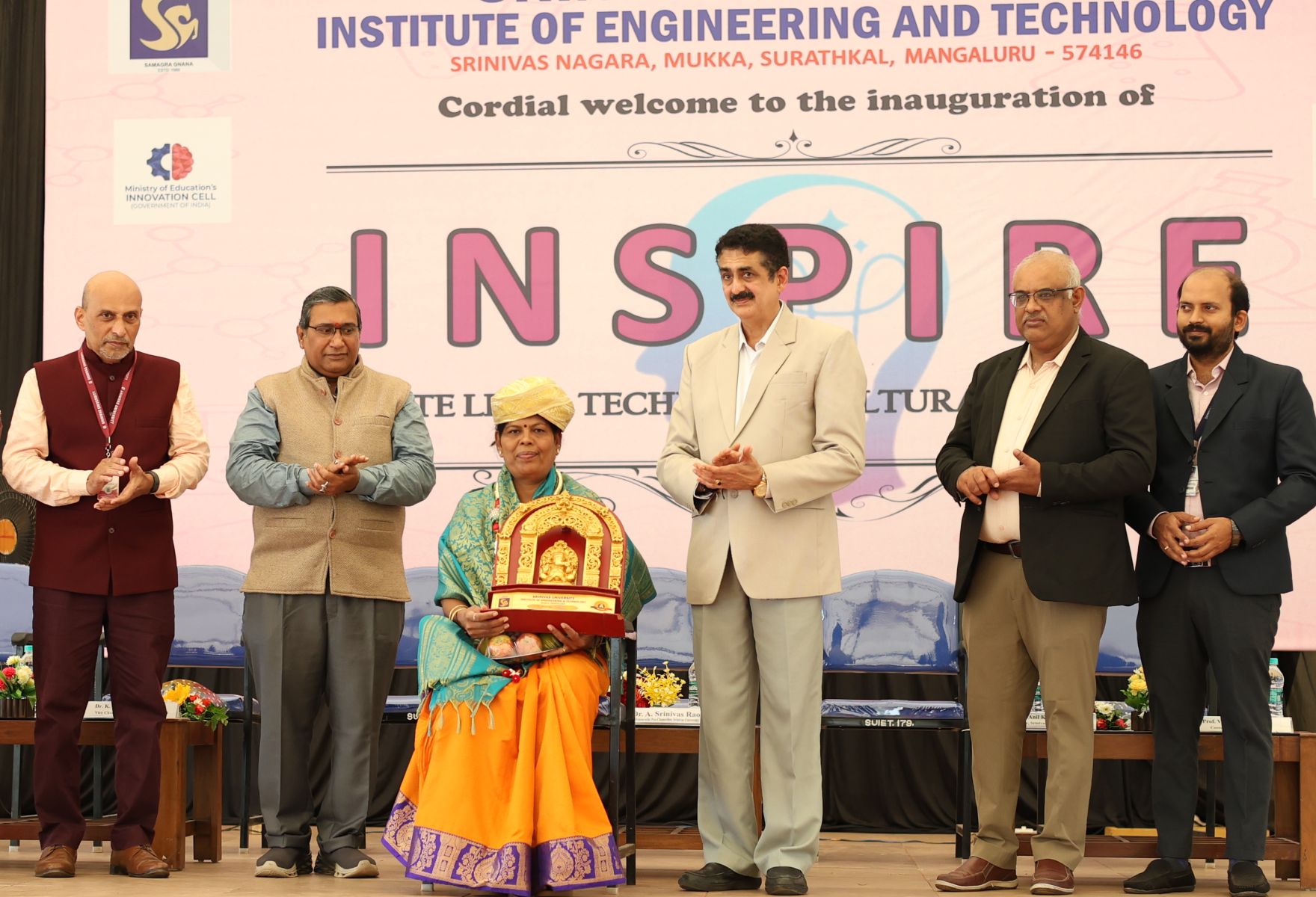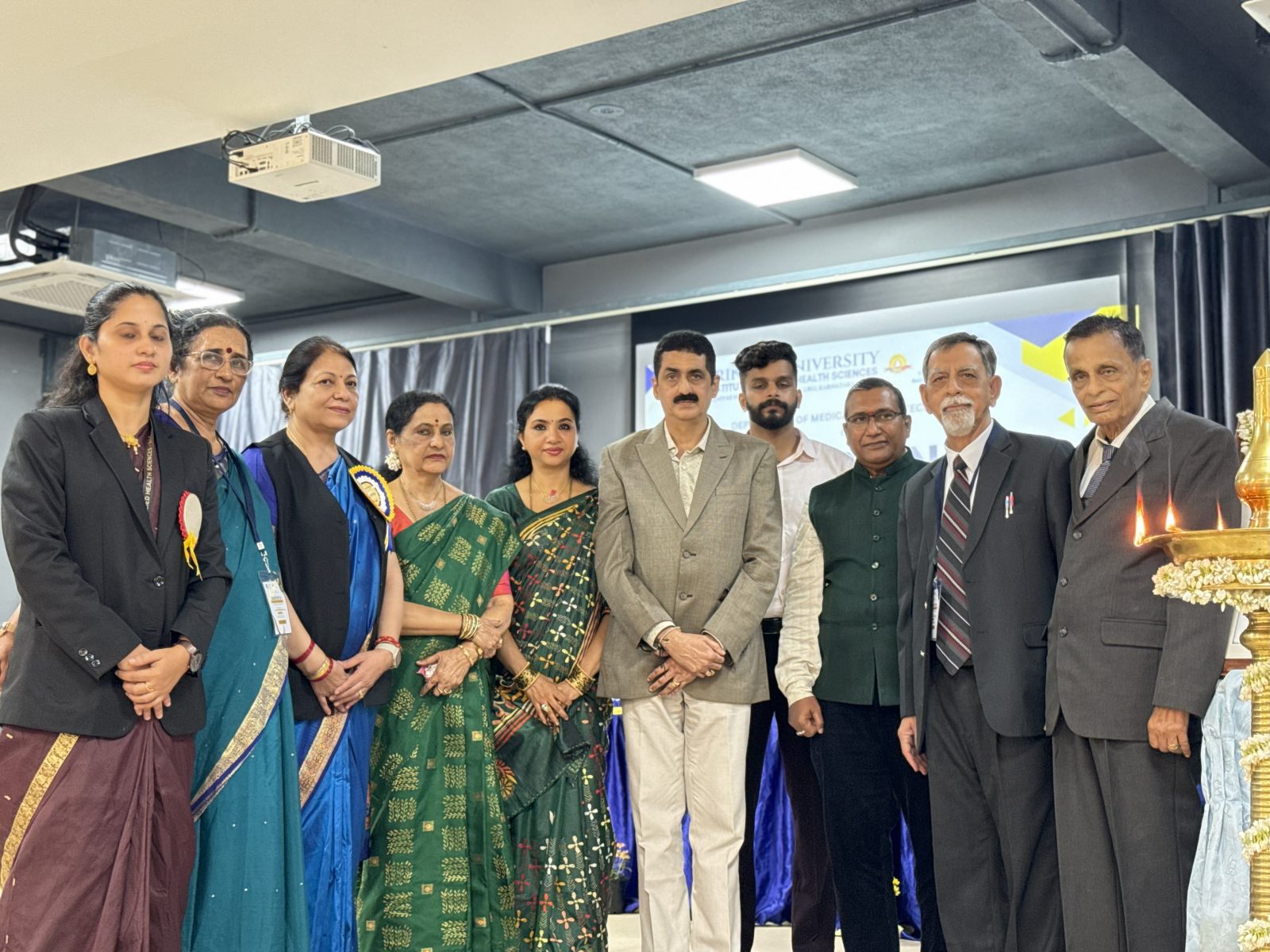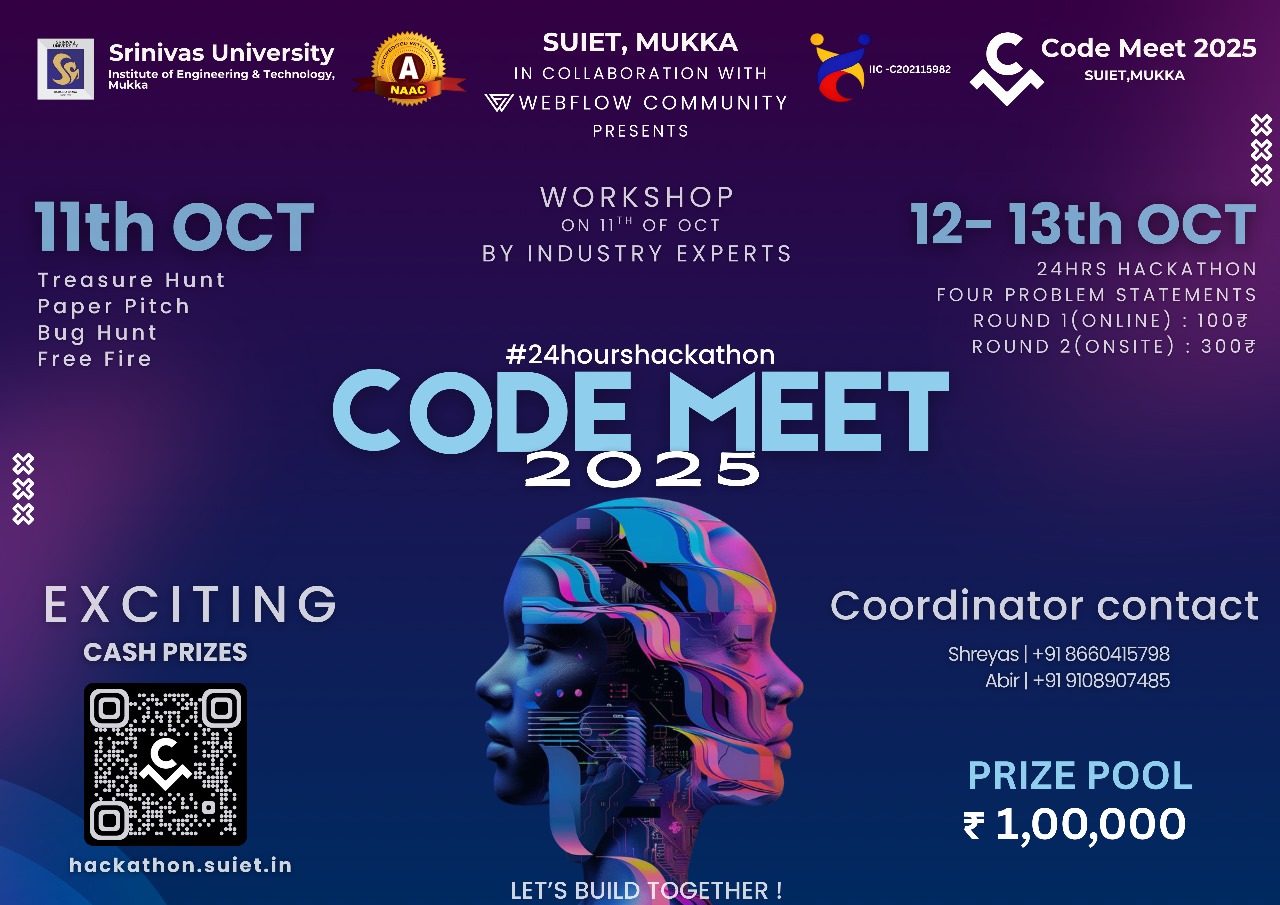Puthari- the harvest festival of Kodavas
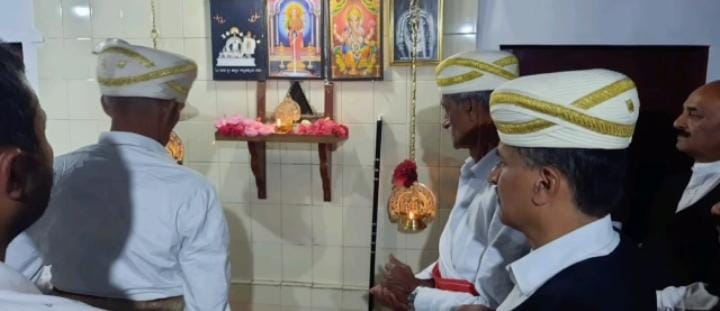

Kodagu district in Karnataka state lies in the southern part of Western Ghats with high-range hills. The district is known for its coffee plantation, steep hills, countless rivulets, streams, rich flora and fauna, lush forests, and breathtaking landscapes. It is famous for its culture and tradition which is unique and immensely different from others.
Puttari is one of the famous festivals of Kodavas.
The Harvest season is celebrated in various parts of the country by various names. The harvest festival celebrated by Kodavas is known as Puthari (which translates to new rice) and it marks the first harvest of the paddy crop. Puthari is celebrated in the Kodava month of Birchiyar which falls in November or December. This year Puthari was celebrated on November 20.
Traditionally rice cultivation was a synonym to prosperity in Kodagu. Puthari celebrates the new crop of rice that promises a year of abundance. It is a time of thanksgiving and is the most important festival of the year.
On a predetermined day, at a fixed time after dusk, the Nere kattuvo ceremony is first held, wherein leaves of certain trees are tied together and later placed at different corners of the house.
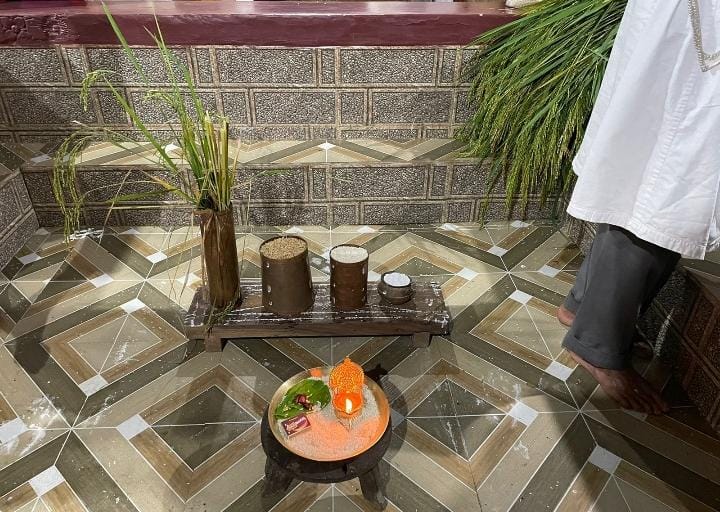
Men in traditional Kupya chele and women wearing Kodava saree then go to the paddy field, led by a woman holding a Taliyakki Bolcha (lamp) under the light of the full moon. Here the Khadh Edpo ceremony is held.
The eldest man of the family known as the Patedara cuts an odd number of paddy sheaves (Khadh) and they return carrying the harvested crop in a Kuthi (a sacred bamboo container) while uttering Poli Poli deva – praying for a beautiful year.
The paddy sheaves are placed in front of the Nellaki Bolcha (sacred lamp) at the Ainmane (ancestral home) and people pray for a good harvest. Then two special types of desserts – Thambuft (made from roasted rice flour and mashed banana) and rice payasa – are prepared. The day ends with children bursting firecrackers and a wholesome meal.
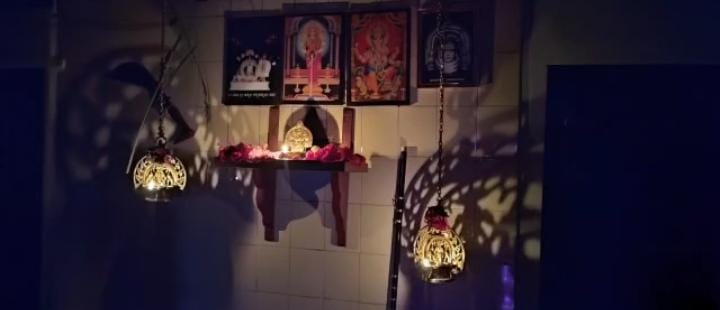
Traditionally, Puthari would be followed by week-long celebrations. On the days following Puthari, a few people go door-to-door visiting every house in the hamlet and singing songs eulogising the family members of that house, beating a dudi (traditional hourglass drum). This formed part of the mane paado (singing at houses) ceremony, Children of the hamlet would tag along with these singers in merriment.
On the last day of the celebrations, people visit the mandh, the sacred grounds of the village, and men would perform kol aat, a traditional stick dance.
Puthari is also a time when Kodavas reconnect with their clans. The dudi patkaras (traditional singers) walk from one ancestral home to another, singing the histories of clans, re-establishing our links with heritage, and the land.
This is one of the festivals celebrated by Kodavas which is belived to bring prosperity and a happy year head.
Article, Photos:
Dhyanica Kaveramma
I BA Journalism and Mass Communication
College of Social Sciences and Humanities
Srinivas University


